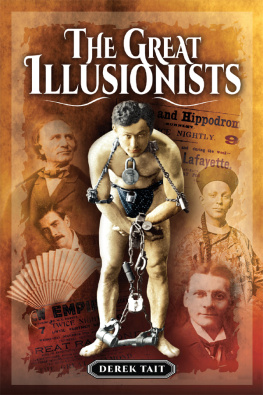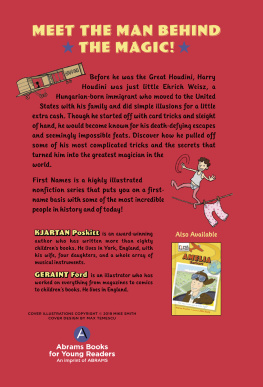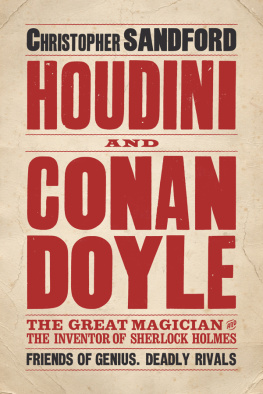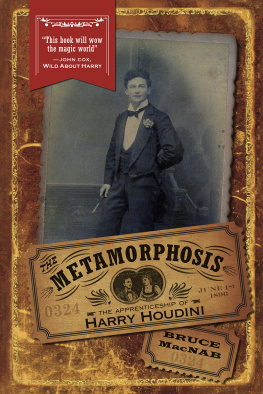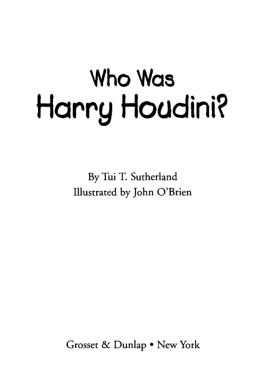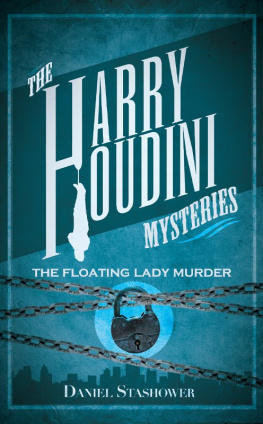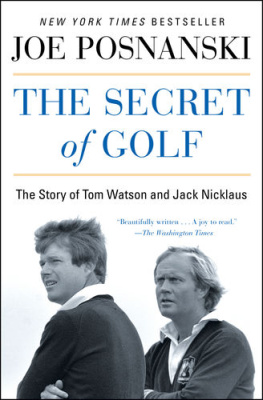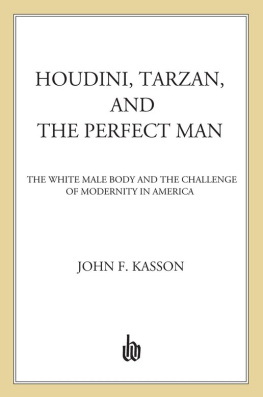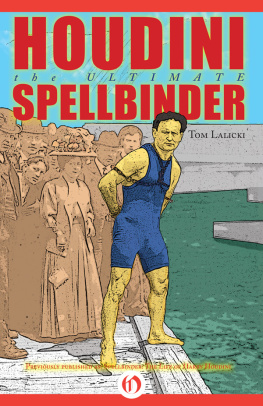
The Great Illusionists
The Great Illusionists
Derek Tait
First published in Great Britain in 2018 by
Pen & Sword History an imprint of
Pen & Sword Books Ltd
47 Church Street
Barnsley South
Yorkshire S70 2AS
Copyright Derek Tait 2018
ISBN 978 1 47389 076 3
eISBN 978 1 47389 078 7
Mobi ISBN 978 1 47389 077 0
The right of Derek Tait to be identified as the Author of this Work has been asserted by him in accordance with the Copyright, Designs and Patents Act 1988.
A CIP catalogue record for this book is available from the British Library
All rights reserved. No part of this book may be reproduced or transmitted in any form or by any means, electronic or mechanical including photocopying, recording or by any information storage and retrieval system, without permission from the Publisher in writing.
Pen & Sword Books Limited incorporates the imprints of Atlas, Archaeology, Aviation, Discovery, Family History, Fiction, History, Maritime, Military, Military Classics, Politics, Select, Transport, True Crime, Air World, Frontline Publishing, Leo Cooper, Remember When, Seaforth Publishing, The Praetorian Press, Wharncliffe Local History, Wharncliffe Transport, Wharncliffe True Crime and White Owl.
For a complete list of Pen & Sword titles please contact
PEN & SWORD BOOKS LIMITED
47 Church Street, Barnsley, South Yorkshire, S70 2AS, England
E-mail:
Website: www.pen-and-sword.co.uk
Acknowledgements
T hanks to John Cox whose wonderful blog Wild About Harry is a great inspiration. John has always been very helpful, friendly and supportive while Ive been putting the book together and its much appreciated. Many thanks also to Kevin Connolly and Marco Pusterla who were both very helpful and lent me some excellent photos and memorabilia from their collections. Thanks also to Mick Hanzlik, Dan Robinson (Weazle Dandaw), Paul Zenon, Paul Kieve, Allan Taylor, Tina Cole and Tilly Barker. Thanks to the many people who have kindly sent me stories, cuttings and photos. I apologise to anyone not mentioned.
Introduction
L ong before television, radio and cinema, entertainment could be found at the many music halls and theatres up and down Great Britain. Acts were varied and included singers, comedians, acrobats, dance acts, animal acts, magicians and escapologists as well as male and female impersonators. Shows played to packed audiences. Many people escaped their hum-drum lives, working in cotton mills, coal mines or factories up and down the country, by visiting the local theatre or music hall.
Lions Comiques were as popular in Victorian times as boy bands are today. Smartly dressed young men, known as swells sang songs about the good life and sipping champagne. The most famous of these was George Leybourne whose song Champagne Charlie was as popular as any chart hit today. Other swells included Arthur Lloyd and The Great Vance who sang about fashionable places to be seen. His song Walking in the Zoo popularised the word zoo.
Male and female impersonators drew huge crowds. Vesta Tilley was so convincing with her impersonations that a rumour spread across London that she was actually a man. She became a trendsetter appearing on stage dressed in immaculate Savile Row outfits dressed as sailors, soldiers and policemen.
Speciality acts were many and included one-legged dancers, ventriloquists, trick cyclists, jugglers, fire and sword swallowers as well as slapstick sketches. Magicians and illusionists attracted huge crowds all over the country. Harry Houdini proved a great draw and became the highest earner at the time. He toured Great Britain many times and each time pulled in more and more people to his shows. His act included escapology, illusion and fantasy. His free outdoor stunts would often involve jumping into a local river while bound in chains. Houdini had many imitators and there was a great rivalry between the acts which led to disruption of shows, fist fights and endless challenges.
Illusionists were popular long before Houdini, with Houdini basing himself on a previous illusionist, Robert-Houdin. Illusions could be very elaborate and audiences were more susceptible, believing what they saw, without question, and leaving the theatre overawed by the performance. Many acts were talked about for weeks or months after the artists had left. The thrill of a visit to a music hall or theatre continued until the introduction of the cinema and in particular, the talkies. Houdini continued his act on film, while still touring, while other acts were largely forgotten.
This book includes the stories of the best of the illusionists as well as speciality acts such as Datas and The Human Fly. Some are still well-known names today, while others will be unheard of by many. Marvel at the feats and lives of the Davenport Brothers, The Great Raymond, David Devant, Carl Hertz and Harry Kellar. Relive the tragedies such as the deaths on stage of Chung Ling Soo and the Great Lafayette.
The performers of the late 1800s and early 1900s made way for the many great illusionists and stage artists that we have today. Acts such as David Copperfield, Siegfried and Roy and David Blaine are all influenced by the likes of Houdini, The Great Lafayette and Robert-Houdin and without the innovations of the early artists, the modern performers might not exist. Many of the illusions performed on stage 100 years ago can still be seen in illusionists acts today.
Including newspaper articles of the day, this book takes you back to an exhilarating time where all entertainment was live and varied and no-one came away disappointed.
Chapter One
The Great Lafayette
T he Great Lafayette was born Sigmund Neuberger in Munich, Germany on 25 February 1871. In 1890, when he was 19 years old, his family emigrated to America. He began his career imitating the act of the Chinese magician, Ching Ling Foo.
He had previously worked in a bank barely making a living wage. He began his stage career as an amateur and left home with just 80 in savings, determined to make a music hall career for himself. His parents had predicted that he would be home within the month without a penny in his pocket. He secured his first engagement at Spokane Falls at a fee of $2 a week. When he asked for this to be increased to $10, he was promptly refused. He told his manager that one day he would make him pay the biggest fee in his record. A few years later, he refused a fee of $250 in the same house. In New Orleans, he managed to save $1,000 and this proved to be the great starting point of his brilliant career. Chicago was the first big city he took by storm followed by New York where, in 1905, he received $5,000 for a twenty three weeks engagement.
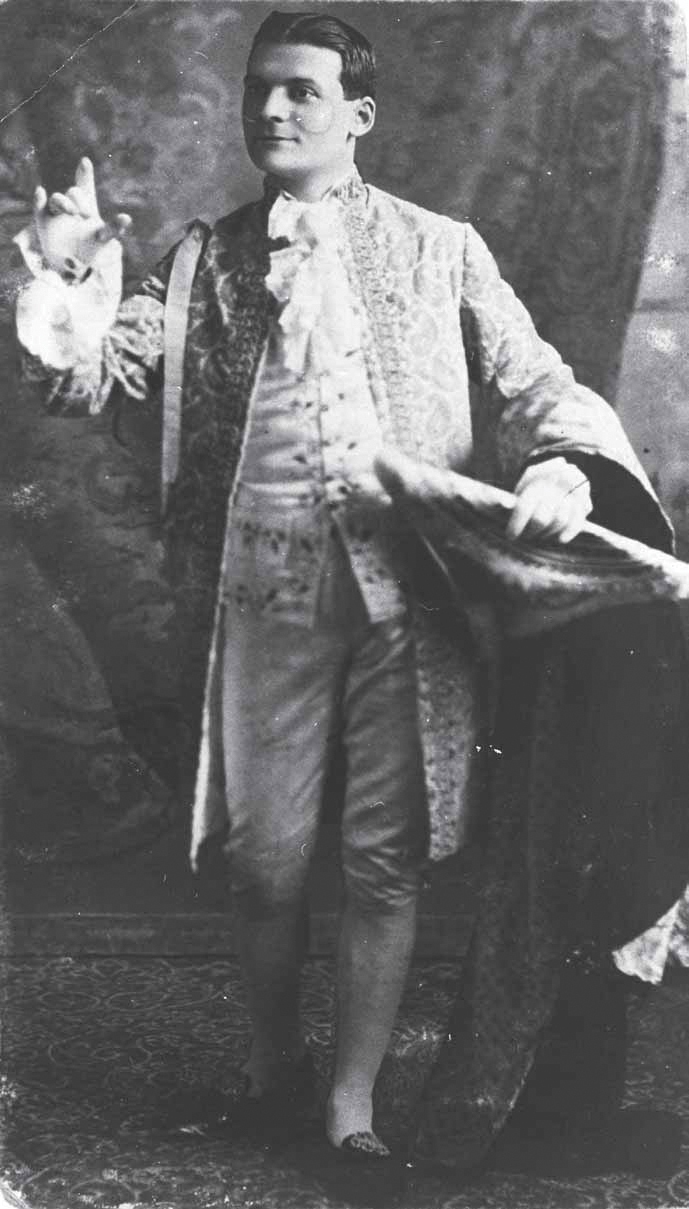
The Great Lafayette dressed for his stage performance.
By 1909, Lafayette was touring Great Britain and proved immensely popular. The Burnley Gazette of Saturday, 22 May 1909 noted:
The Great Lafayette has been engaged at an enormous expense to appear at the Burnley Palace Theatre and Hippodrome next week and the management are assured of a crowded house each night. The first series of feats is christened a carnival of conjuring and contains beautiful transformations and substitutions, reincarnating Beauty from a painting. The plot, actually performed, revolves around a sleepy sculptor working at a model of Leda and the Swan. The spirit of evil descends and the sculptor imagines a lump of clay is playing a lute and finally arouses and finishes his work. He sees the statue surrounded with cascades of falling waters of the Fountain of the Isis, sparkling with kaleidoscopic radiance, and then the statue actually comes to life.

